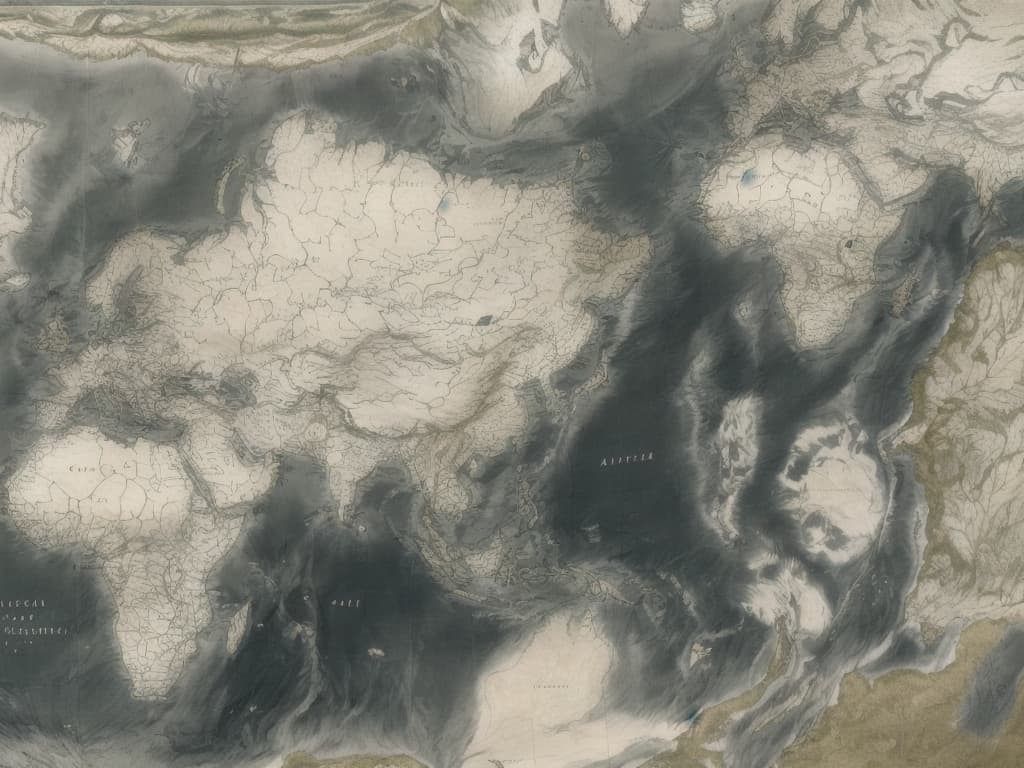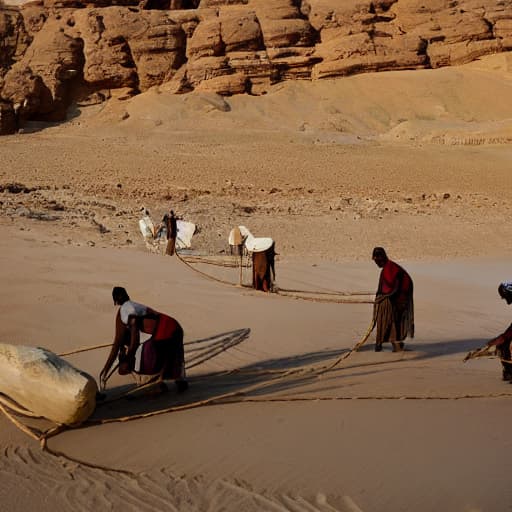The Meaning Behind the Name “Japan”
The origin of the name “Japan” is described in OAHSPE THE LORDS’ FIRST BOOK, Chapter 1 as follows.
The fleet of two ships carried to the north was named Yista, which in the Wagga tongue was Zha’Pan, which is the same country that is to this day called Japan, signifying RELICT OF THE CONTINENT OF PAN, for it lay to the north, where the land was cleaved in twain.
OAHSPE-10 THE LORDS’ FIRST BOOK. Chapter 1-55
Japan remained after the sinking of the continent of Pan because it had been separated from Pan from the very beginning. OAHSPE clearly states that the land of Japan was located to the north of Pan. In other words, Pan was situated to the south of Japan—in what is now the Pacific Ocean.

Originally, the I’hins who dispersed across the world had lived on the continent of Pan. They likely spoke the language used there, called Wagga. One word from that language, “Zha’Pan,” is said to mean “remnant of Pan.” The term “Zha” is believed to carry the meaning of “what remains.”
In modern Japanese, the word “zan” (残) also means “leftover” or “remnant.” Interestingly, in Chinese—which uses the same character—it is pronounced “zán” in pinyin and holds the same meaning. Given that the I’hins also landed in China, it’s unlikely that this shared term is a coincidence. It is quite possible that the Wagga language spoken by the I’hins left its trace in both Japanese and Chinese vocabulary.
As for how “Zha’Pan” became “Japan,” it is speculated that the Hebrew word “Jah,” meaning “divine” or “sacred,” was later added. This would suggest that “Japan” evolved to mean “Divine Pan”—a sacred remnant of the lost continent.

Japan did not adopt English until the Meiji period, so the term “Japan” was likely coined outside the country. In ancient times, China referred to Japan as “Wa,” not “Japan.” Therefore, it’s plausible that the term “Japan,” derived from Wagga and influenced by Hebrew, originated in a region beyond both China and Japan.
The sinking of Pan is described in the Bible as the story of Noah’s Flood, although the name “Pan” is never mentioned. While similar flood legends exist in Sumerian tradition, none specifically reference the continent of Pan. Yet the fact that the name “Japan”—possibly derived from “Zha’Pan,” the remnant of Pan—has survived to this day as a name for the country seems like nothing short of a miracle guided by divine beings.
The Mission of the I’hins Who Landed in Yista
The mission entrusted to the I’hins who landed in Yista is described in OAHSPE Book of Aph, Son of Jehovah, Chapter 1 as follows.
And the Lord said to them: Behold, eight Hi’dan shall come and ye shall be as a key to unlock the labors of heaven; for of all people ye shall be reckoned the oldest in the world. And until I come and unlock the sea, ye shall remain an exclusive people from all tribes and nations.
Preserve ye, therefore, the names of my rites and ceremonies, and especially the names of land and water, and the firmament above, and the ships that plow the water, and all sounds whatever that man maketh in the throat and without the tongue and lips; for in the time of my glory on the earth ye shall also be glorified. Preserve ye also peace and righteousness and industry, for ye shall be a testimony in the later time of the presence of my hand and of the Great Spirit also. Thus was settled Japan, and it continueth to this day.
OAHSPE-10 THE LORDS’ FIRST BOOK. Chapter 1-56,57
The sinking of the continent of Pan occurred around 24,000 years ago. At that time, the Lord God told the I’hins that “eight periods of High Dan (Hi’dan) will come.” A Hi’dan refers to a “high-level Dan,” which occurs roughly every 3,000 years. In other words, eight such cycles would lead to a time, 24,000 years later, when the key to unlocking the workings of the heavenly realms would be revealed.
To become that “key,” the I’hins were given a sacred mission: to preserve all sounds produced from the throat without using the tongue or lips.

This instruction—to avoid using the tongue and lips—is deeply connected to the characteristics of the Japanese language. Compared to languages like Chinese, Japanese has a notably small number of vowel sounds, and pronunciation requires very little movement of the lips.
For example, Chinese has both simple and compound vowels, and slight differences in lip shape—such as between u and ü—can change a word’s meaning entirely. Sounds like “wu” and “yu” are clearly distinguished through subtle variations in pronunciation.
By contrast, Japanese primarily uses five vowel sounds: a, i, u, e, o. These are fewer and simpler, making Japanese relatively easy to pronounce and understand. However, many words can sound the same, so meaning must often be interpreted through context.
This unique phonetic structure may be the result of the I’hins in Yista faithfully carrying out their mission—to preserve sounds produced without the tongue or lips. In other words, the Japanese language itself may be a linguistic remnant of the lost continent of Pan.
Japanese stands out as a unique language in the world. According to OAHSPE, this is proof of the I’hins’ sacred mission to pass down the legacy of Pan, and it is stated that this mission was still ongoing at the time the book was published in the late 19th century. Even now, in the 21st century, that legacy continues.
References、Images Used
| Books | Authors | Publishers |
|---|---|---|
| OAHSPE ”A New Bible in the Worlds of Jehofih and His angel embassadors.” | John B. Newbrough | OAHSPE PUBLISHING ASSOCIATION |
| 聖書 新共同訳-旧約聖書 | 共同訳聖書実行委員会 | 三省堂印刷/日本聖書協会 |
| シュメル –人類最古の文明 | 小林登志子 | 中公新書 |
Images:Generated from stable diffusion(model:XSMerge-RealisticVisionV3-ForArchi)



コメント